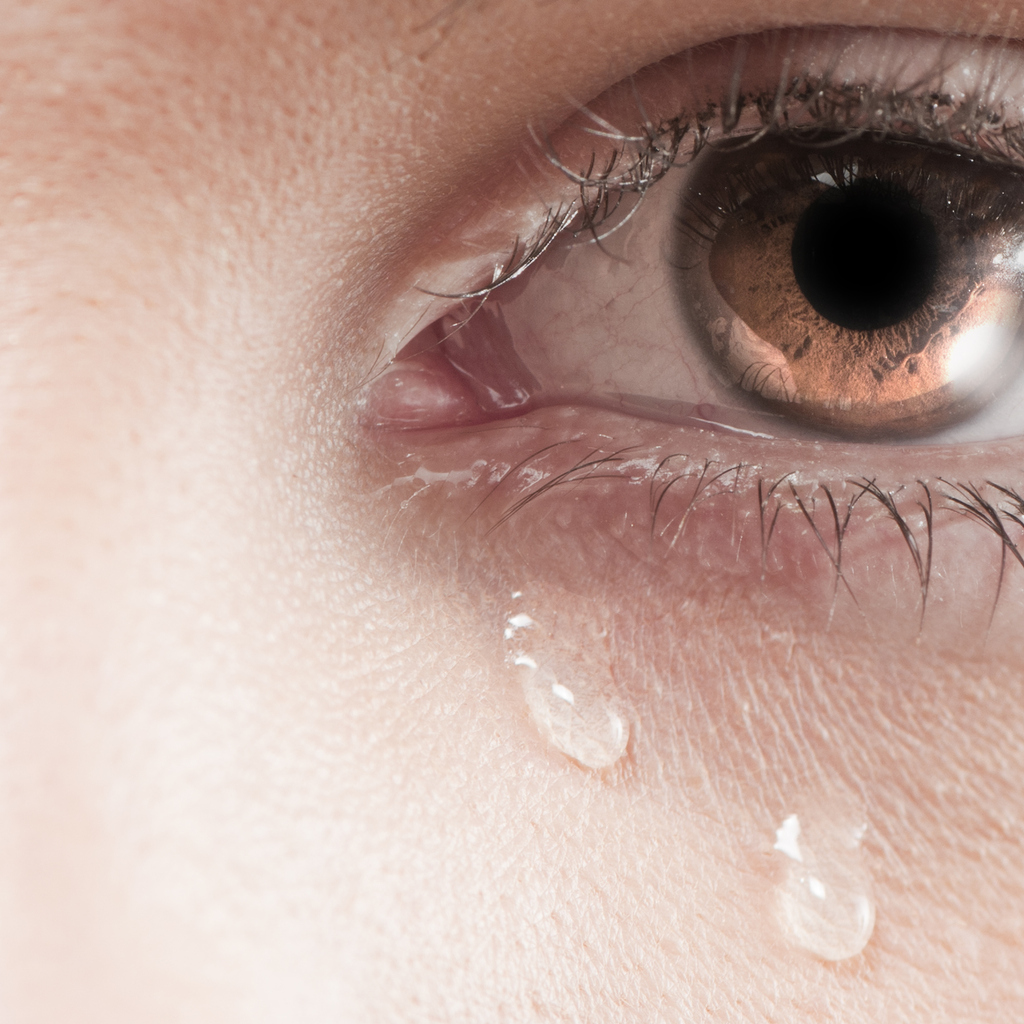Here’s What You Need to Know About Eye Health and Tears

Tears are an important part of keeping your eyes healthy and comfortable. Learn about the composition and function of tears, as well as how to manage dry eyes.
The average person produces as much as 15 to 30 gallons of tears per year, yet few people understand how tears actually work. Tears are created in the lacrimal glands above your eyes, and are released as you blink. From there they create a film across your eyes, and then drain into small ducts in the inside corners of your eyelids. If your eyes fill up with tears, they may overflow and cause you to cry.
Tears are incredibly important to the safety and health of your eyes. Learn what your tears do and how they help keep your eyes protected and comfortable.
What Are Tears Made Of?
The basic components of tears are water, electrolytes (which are what make tears salty), proteins, lipids, and mucins. Together, these components make up the three layers of a tear.
- The mucous layer: This layer keeps the tear attached to the eye. It coats the eye’s surface to prevent dry spots from forming on the cornea.
- The aqueous layer: This is the tear’s thickest layer. It keeps the eye hydrated, protects it against bacteria and viruses, and shields the cornea from debris.
- The oily layer: This is the outermost layer of the tear, also called the film. It prevents the tears from evaporating too quickly and keeps the surface of the tear smooth so that you can see through it easily.
The Different Types of Tears
There are three main types of tears: basal, reflex, and emotional. Each of these types serves a different purpose and is triggered by different biological needs.
- Basal tears: These are the tears that are always in your eyes. They keep your eyes moist, nourished, and protected against debris. They are a constant shield between the eye and the rest of the world. When these tears have the wrong composition or are lacking, you may feel discomfort or even develop dry eye syndrome.
- Reflex tears: These tears are produced when your eye is irritated, and are meant to wash out any foreign objects. Reflex tears can be triggered by a variety of irritants including (but not limited to) the chemicals that are released when chopping onions, strong smells, smoke, bright lights, and too much time spent looking at a screen.
- Emotional tears: These tears are produced when you’re feeling an intense emotion, whether that be sadness, joy, fear, or something else. Emotional tears have been found to have a higher protein content than the other two types of tears, though scientists are still trying to determine the significance of this fact.
Dry Eye Syndrome
Without the proper lubrication, your eyes may feel uncomfortable and scratchy. Dry eye syndrome occurs when you either are not producing enough tears or when your tears do not have the right components. For instance, your tears can have either too much or too little oil, which causes them to evaporate too quickly.
Rather counterintuitively, watery eyes can be a sign of dry eye syndrome. If the eye produces the wrong type of tear, it may become irritated and dry, which in turn causes the lacrimal glands to produce more tears. This increase in tears then overwhelms the eye’s natural drainage system, leading to watery eyes. Other symptoms of dry eye syndrome can include burning, stinging, or itching, as well as blurred vision.
If you’re experiencing any of these symptoms or simply want to learn more about keeping your eyes safe, don’t hesitate to contact us at ICON Eyecare to schedule an appointment.
[DISPLAY_ULTIMATE_SOCIAL_ICONS]









